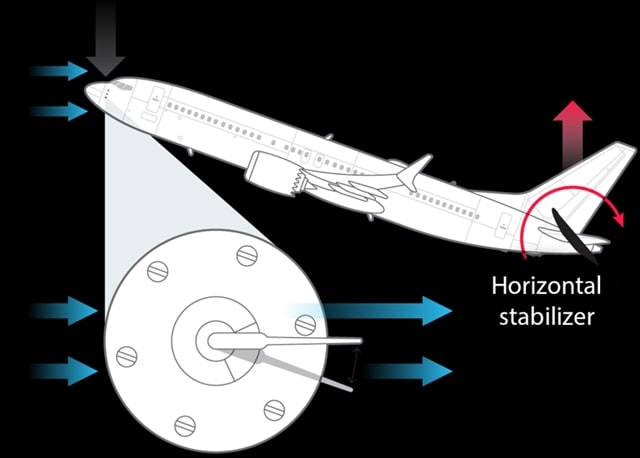hotrock1423
Civil/Environmental
- May 31, 2024
- 6
Hi.
I have been designing this 60meter span truss for a multipurpose sports arena.
But using the live load indicated in our local code (PH), it says that the roof live load is 0.6kpa.
With this, 0.6kpa load is not that big if the span and area is small, but using 0.6kpa to a 60m span and 7.5m truss bay spacing is huge and I really think that is not realistic when converted into a concentrated load.
I want to know what is your take in this? Should I ditch out the code and use a smaller and more realistic value? Thanks and more power.
I have been designing this 60meter span truss for a multipurpose sports arena.
But using the live load indicated in our local code (PH), it says that the roof live load is 0.6kpa.
With this, 0.6kpa load is not that big if the span and area is small, but using 0.6kpa to a 60m span and 7.5m truss bay spacing is huge and I really think that is not realistic when converted into a concentrated load.
I want to know what is your take in this? Should I ditch out the code and use a smaller and more realistic value? Thanks and more power.




